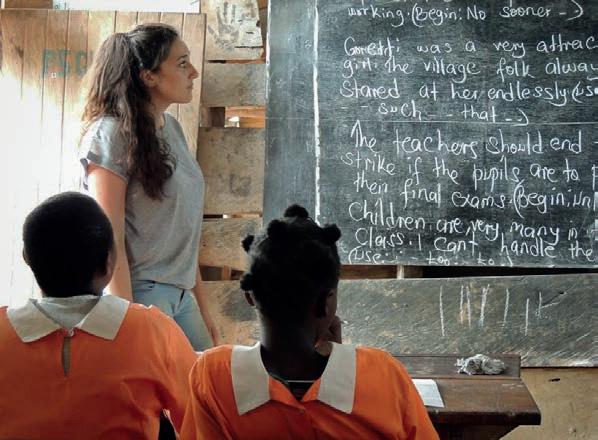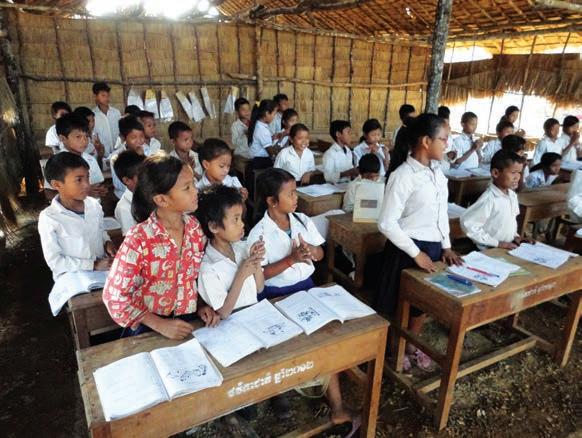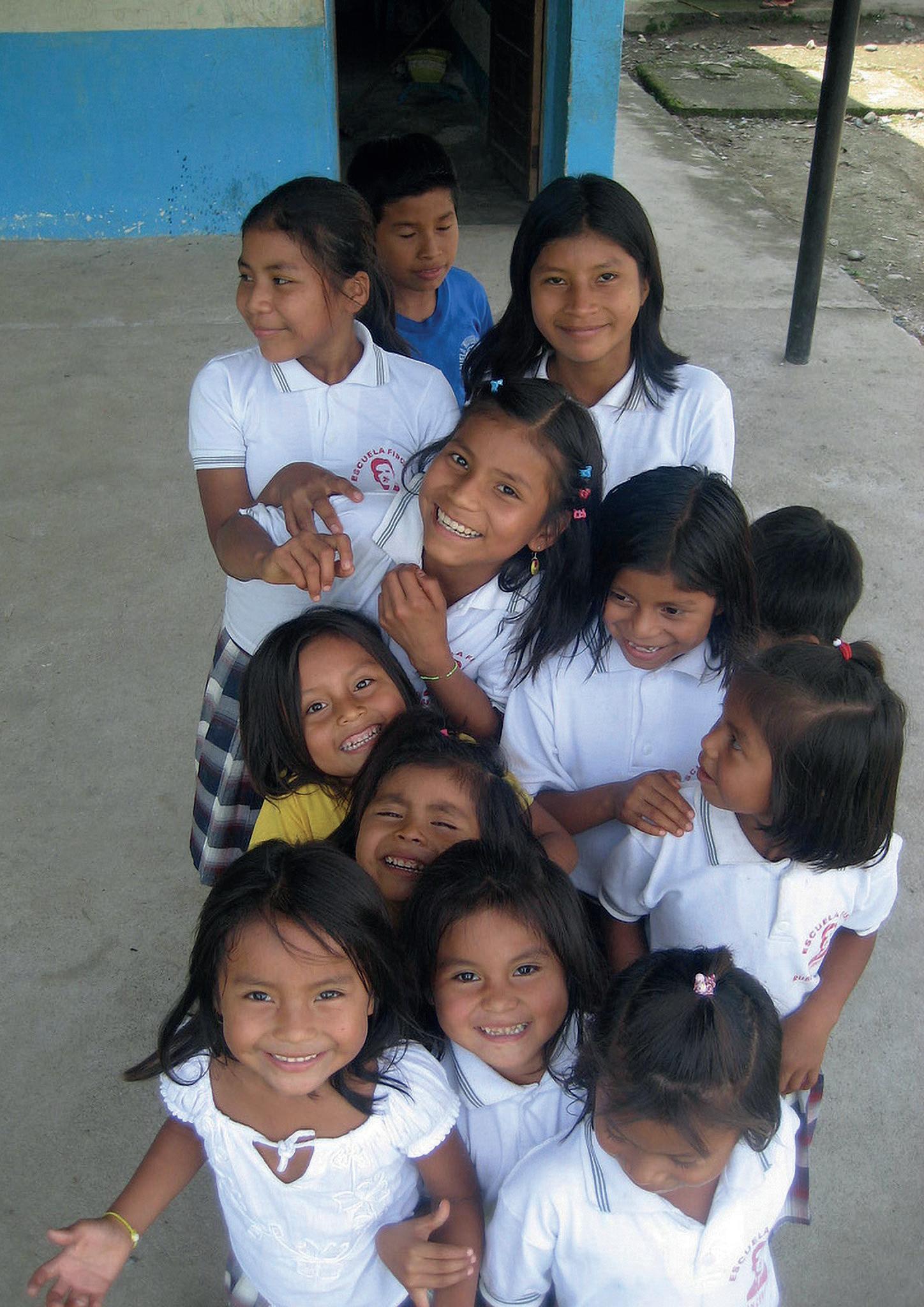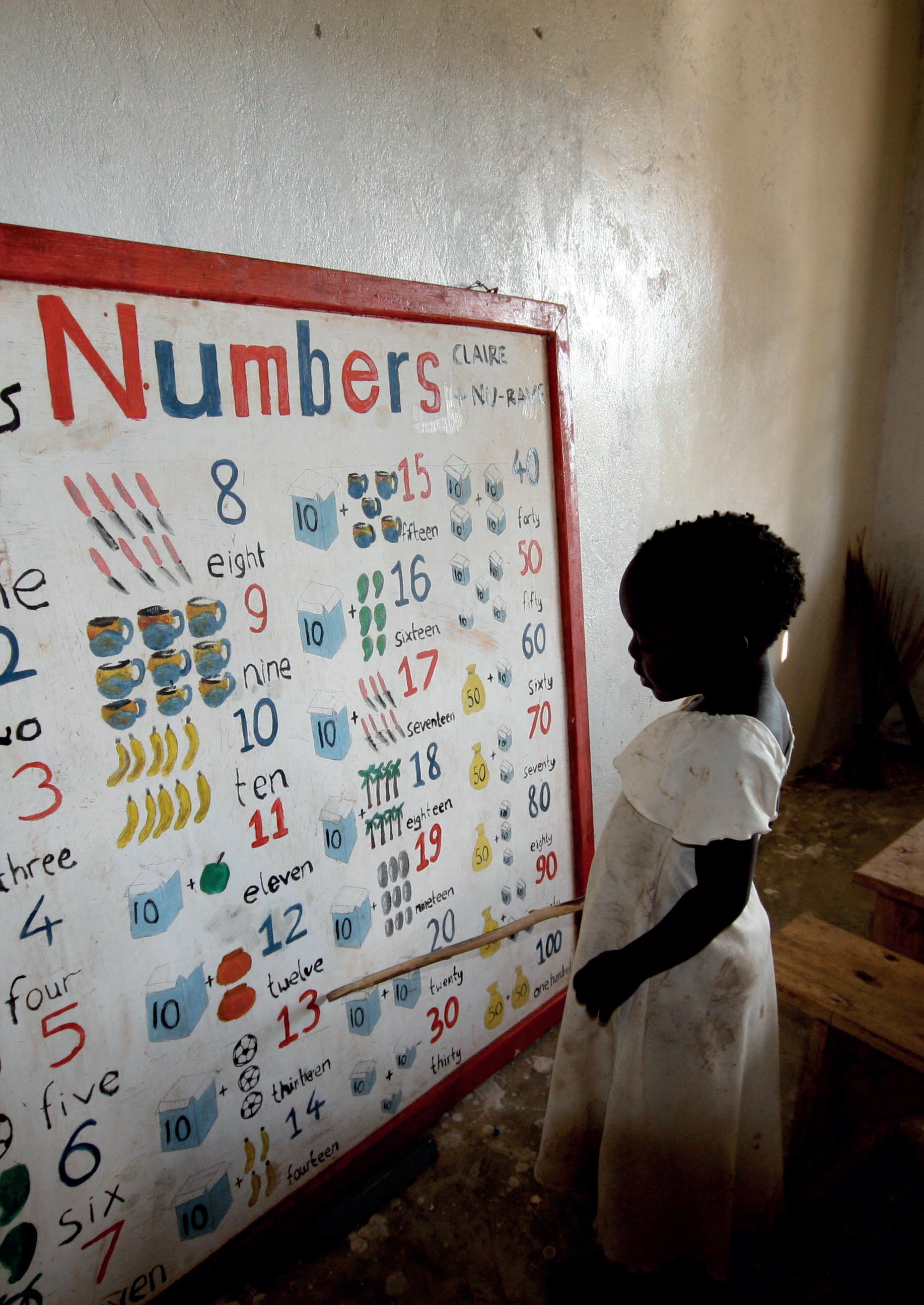
2 minute read
EDUCATION
Projects: Education
GUIDANCE NOTES THE CAMP WAY
Does the project involve teaching?
If teaching is part of a project, ensure that volunteers are qualified to do so and are only given the amount of responsibility that they would have in their own country or place of work. Unqualified volunteers are limited to the role of teaching assistants to local teachers or supervised when teaching informal conversational English only.
Does the project involve visiting or volunteering at an educational institution such as a school or kindergarten?
Visiting schools and kindergartens during class time can disrupt children’s ability to learn and also present a child protection risk. Giving gifts to local children promotes a belief that all foreigners are safe and perpetuates ideas of inequality. These activities disrespect children and local families through promoting the perception that they are ‘poor’ and need ‘saving’ by foreign visitors. School visits are part of an ongoing project that has measurable outcomes and does not cause disruption to local students or teachers.
The distribution of gifts is managed carefully and ideally done by the school itself. The Camps Foundation is able to facilitate the appropriate and equitable distribution of donations.



Projects: Education
GUIDANCE NOTES THE CAMP WAY
Has the project been assessed to ensure it is not disrupting local students’ classes, or their free/family time?
Due to disruption caused by volunteer visitors during school hours, sometimes children are required to come to school in their free time to catch up on the curriculum, or simply to be present when volunteers arrive. School visits are planned well in advance so as not to disrupt teachers and students. Visits form part of an ongoing relationship with defined and measurable objectives.
If the project involves visiting or volunteering at an educational institution, are the volunteers and students of similar age?
Is it clear what the intended outcomes of visiting or volunteering at the educational institution are?
Many school visits involve volunteers spending time playing with students well below their age group. These visits can place children at risk, can be disruptive, and may perpetuate ideas of inequality. It also provides very little benefit for either the children or the volunteers.
Some school visits are set up like tourist attractions, so that visiting groups can view and experience local daily life. However, this has little benefit for the educational institution itself and can be disruptive and perpetuate ideas of inequality. All school visits have clearly
School visits form part of an ongoing relationship with defined and measurable objectives.
Where possible, volunteer to student interactions are between individuals of a similar age to ensure activities are mutually beneficial.
defined aims that have measurable benefits for the host institution.










